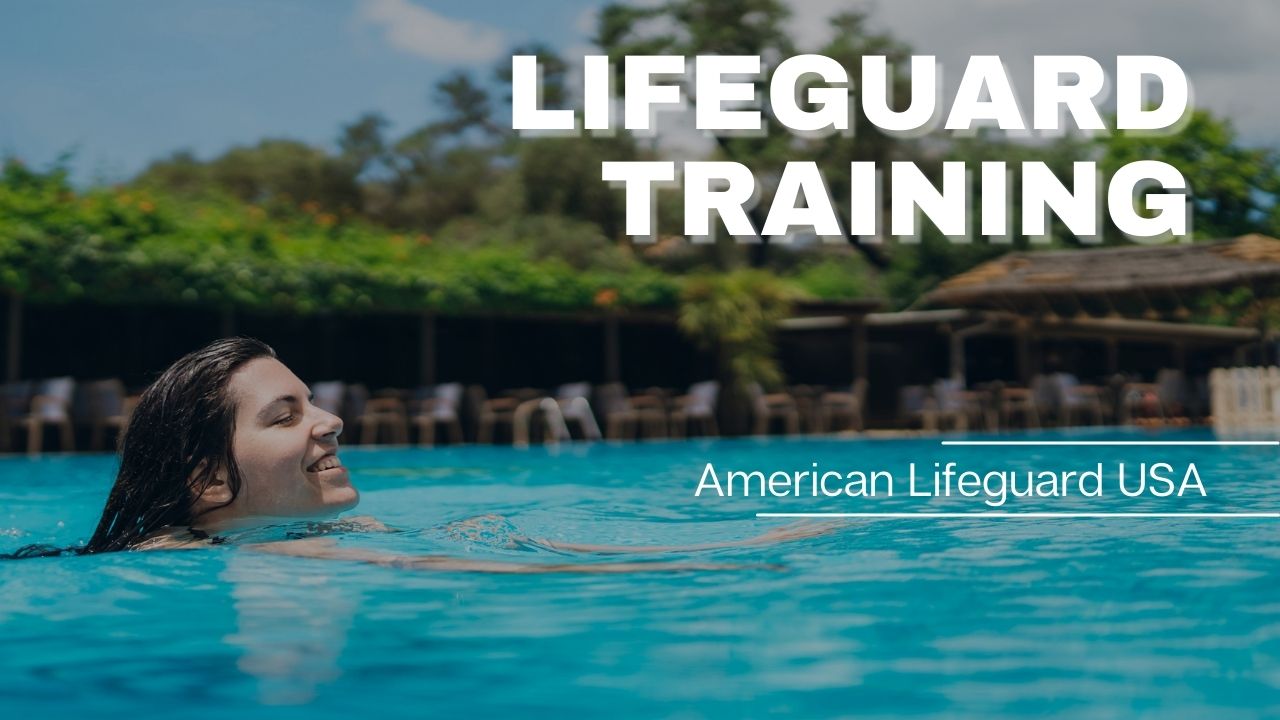Becoming a lifeguard is a noble pursuit, but the journey is not without its challenges. In the United States, aspiring lifeguards undergo rigorous training to develop the skills necessary for water safety. In this article, we’ll unravel the challenges of lifeguard training and shed light on how American Lifeguard USA addresses them.
Explore the intricacies of lifeguard training in the USA with American Lifeguard USA. Delve into the challenges faced by aspiring lifeguards and discover how they overcome obstacles to ensure the safety of swimmers.
1. Physical Fitness Requirements
Lifeguarding demands a high level of physical fitness. Trainees must pass a series of swimming tests, endurance challenges, and strength assessments. American Lifeguard USA recognizes this challenge and integrates comprehensive fitness programs into their training, ensuring that lifeguards are well-prepared to handle the demands of the job.
2. Intensive Training Modules
Lifeguard training encompasses various modules, including CPR, first aid, and rescue techniques. The sheer volume of information can be overwhelming. American Lifeguard USA breaks down these modules into manageable segments, offering focused training sessions that facilitate better comprehension and retention.
3. Simulation of Real-Life Scenarios
The unpredictability of water-related emergencies necessitates lifeguard training to include realistic simulations. American Lifeguard USA goes the extra mile by providing simulated scenarios that mimic real-life situations. This hands-on approach equips trainees with the confidence to respond effectively in critical moments.
4. Vigilance and Attention to Detail
Maintaining constant vigilance is a core aspect of lifeguarding. The responsibility to scan the entire pool area demands unwavering attention to detail. American Lifeguard USA instills this mindset through specialized training exercises, honing the ability to spot potential risks and take swift action.
5. Effective Communication
Communication is paramount for lifeguards to coordinate rescues and provide assistance. Training programs at American Lifeguard USA emphasize clear and concise communication strategies. Lifeguards are taught how to relay information swiftly, ensuring a seamless response to emergencies.
6. Emotional Resilience
Lifeguards often encounter distressing situations, requiring emotional resilience. Coping with the pressure of saving lives can be challenging. American Lifeguard USA incorporates psychological support into their training, preparing lifeguards mentally for the emotional toll that may accompany their role.
7. Adapting to Varied Environments
Lifeguards are not confined to a single type of water body; they must adapt to various environments, such as pools, beaches, and water parks. American Lifeguard USA’s training programs are diverse, exposing trainees to different settings, ensuring they are well-equipped to handle any water-related scenario.
8. Continuous Professional Development
The world of water safety is dynamic, with new techniques and technologies emerging regularly. American Lifeguard USA recognizes the importance of continuous learning for lifeguards. They offer ongoing professional development opportunities, keeping their lifeguards updated on the latest advancements in water rescue and emergency response.
9. Team Coordination and Collaboration
In many instances, lifeguards work as part of a team. Effective teamwork is crucial for managing crowded aquatic spaces and executing swift, coordinated rescues. American Lifeguard USA places a strong emphasis on team training exercises, fostering collaboration and ensuring that their lifeguards can seamlessly work together to handle complex situations.
10. Regulatory Compliance and Certification
The field of lifeguarding is subject to various regulations and certifications. Navigating the requirements can be a challenge, but American Lifeguard USA simplifies this process. They provide comprehensive guidance on meeting regulatory standards, ensuring that their lifeguards are not only skilled but also fully certified to perform their duties.
11. Technological Integration
In the digital age, technology plays a crucial role in enhancing lifeguarding capabilities. American Lifeguard USA incorporates the latest technological advancements into their training programs. From utilizing specialized rescue equipment to leveraging communication tools, they ensure that lifeguards are well-versed in the use of technology to enhance their effectiveness on the job.
12. Customer Service and Public Relations
Lifeguards are not only responsible for safety but also play a role in providing excellent customer service. Interacting with the public requires effective communication and a positive demeanor. American Lifeguard USA includes customer service training in their programs, ensuring that lifeguards maintain a friendly and approachable attitude while upholding their commitment to safety.
Conclusion
Becoming a lifeguard is a multifaceted journey that extends beyond mastering swimming techniques. American Lifeguard USA stands out in addressing the diverse challenges faced by lifeguard trainees, providing a holistic and comprehensive training experience. By focusing on physical fitness, mental resilience, technological integration, and ongoing professional development, American Lifeguard USA ensures that their lifeguards are not just skilled individuals but well-rounded professionals capable of safeguarding lives in any aquatic setting.
Aspiring lifeguards who choose American Lifeguard USA embark on a transformative learning journey that prepares them for the dynamic and demanding nature of lifeguarding. The challenges become stepping stones to success, and the training received equips lifeguards with the confidence and skills needed to face the unpredictable waters with unwavering competence. In the realm of water safety, American Lifeguard USA stands as a beacon, guiding individuals toward a fulfilling and impactful career as guardians of aquatic well-being.


